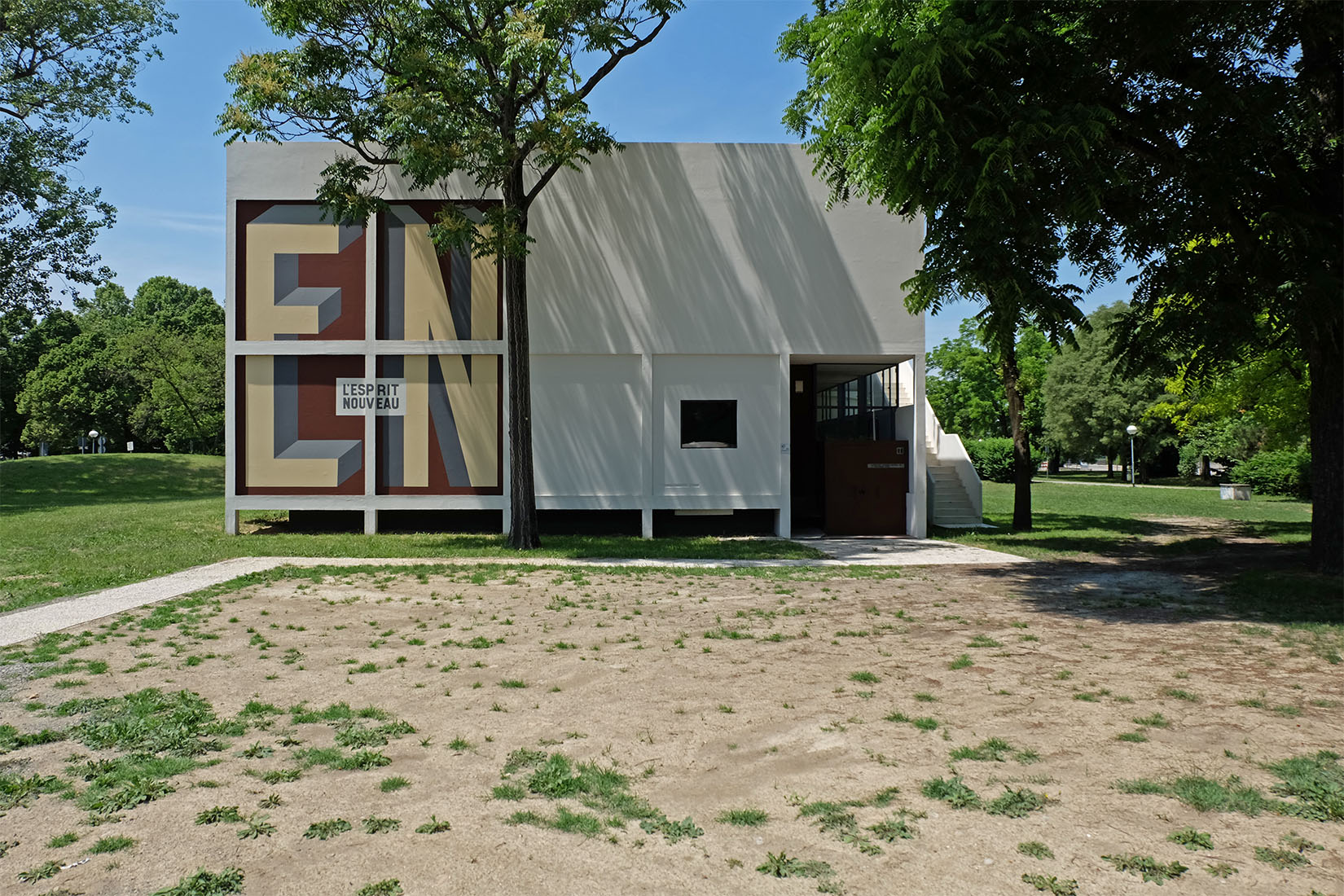 |
 |
 |
 |


Ésprit Nouveau Pavilion
Piazza Costituzione 11, Bologna
1925 - 1977
The Pavillon de l'Esprit Nouveau was a temporary building designed by Le Corbusier in 1925 as part of the International Exhibition of Decorative Arts in Paris. For the architect, it was a chance to show his ideas for architecture and urbanism, which he had developed since 1922 together with Pierre Jeanneret. At that time, Le Corbusier's ideas were considered unusual and the project was met extremely hostile. A high fence was erected around the pavilion to hide it from the public eye.
Forty years after the exhibition, the Pavillon de l'Esprit Nouveau reopened in Bologna, supported by the Emilia-Romagna region and the city of Bologna. The completely true to original reproduction of the work of Le Corbusier was inaugurated on 6 October 1977 in the park opposite the Bologna Exhibition Center. The idea of rebuilding this pavilion in Bologna was promoted by the architects Giuliano and Glauco Gresleri and José Oubrerie.
Der Pavillon de l'Esprit Nouveau war ein temporäres Gebäude, welches 1925 im Rahmen der Internationalen Ausstellung der dekorativen Künste in Paris von Le Corbusier errichtet wurde. Für den Architekten war es eine Chance, seine Ideen zur Architektur und zum Urbanismus, die er seit 1922 mit Pierre Jeanneret entwickelt hatte, zu zeigen. Zu dieser Zeit galten die Ideen Le Corbusier als ungewöhnlich und das Projekt wurden ausgesprochen feindselig aufgenommen. Ein hoher Zaun wurde um den Pavillon errichtet, um ihn vor den Augen der Öffentlichkeit zu verbergen.
40 Jahre nach der Ausstellung wurde der Pavillon de l'Esprit Nouveau in Bologna wieder eröffnet, unterstützt von der Region Emilia-Romagna und der Stadt Bologna. Der komplett originalgetreue Nauchbau des Werkes von Le Corbusier wurde am 6. Oktober 1977 im Park gegenüber des Messegeländes von Bologna eingeweiht. Die Idee des Wiederaufbaus dieses Pavillons in Bologna wurde von den Architekten Giuliano und Glauco Gresleri und José Oubrerie gefördert.